
In courthouses around the world, judicial attire communicates professionalism and institutional integrity. Judicial garments also reflect a nation’s history and values. Whether a robe and wig or a modest suit, the judge’s vestments are more than simply clothes.
Why Do Judges Wear Robes?
In many countries, judges wear robes as a professional uniform, sometimes with accessories such as wigs or collars. This tradition has been traced to the 12th century, when judges were part of the royal courts of England, Spain, and France. Monarchs propounded dress codes dictating material and color, even specifying styles for each season.
Outside of Europe, some former colonies inherited the tradition of wearing judicial robes and still do so today. Several countries without direct colonial ties also have adopted modern Western-style robes, which are modeled like academic gowns.
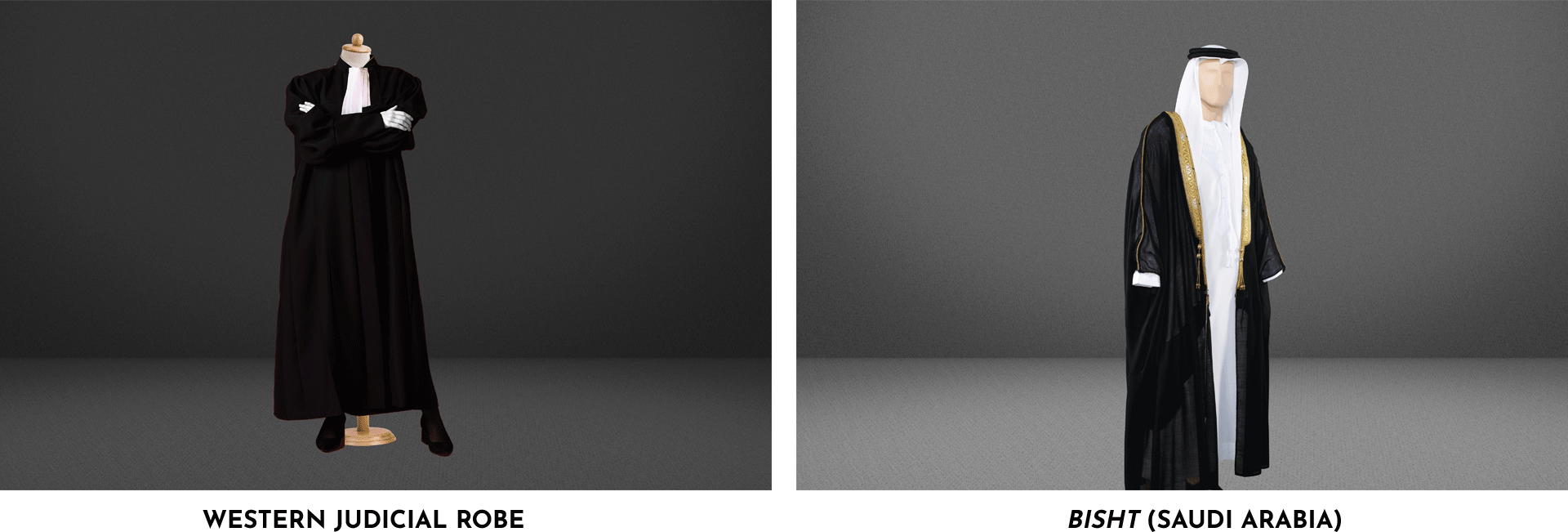
Not every country has adopted Western-style robes – a fashion statement informed by a nation’s legal traditions and culture. For example, judges in the Islamic Republic of Iran and Saudi Arabia clothe themselves in a bisht, or cloak. The judicial cloak in Iran is purposefully minimalist and black to emphasize dignity and modesty. In Saudi Arabia, the compulsory judicial bisht typically has gold detailing (like trimming or piping) and can come in other colors like white, tan, or brown. This is meant to highlight their rank in Saudi society.
During the second half of the 20th century, judges in China wore military-style outfits complete with epaulets and caps. In the early 2000s, the style shifted to a more contemporary blend of Eastern and Western elements. Lower court judges wear black, western-style suits with the red-and-gold insignia of the judiciary. Judges of higher courts wear a black button-down robe with a half-length red front placket and a shortened swallow-tail collar. The judiciary’s insignia emblazoned on their robe. This garment has a tunic-like silhouette and rests mid-calf over a judge’s black trousers or tights – features that recall the iconic Mao Suit, which scholars note has heavily influenced modern China’s “office bureau style.”

Some countries do not require all judges to wear robes, cloaks, or coats. For example, though members of Egypt's Supreme Constitutional Court wear black robes with extended blue lapels, lower court judges wear black business suits with colored sashes – green or red – depending on their court. In 2009, when the Supreme Court of the United Kingdom was formed, its Justices chose to eschew robes. They conduct regular proceedings in suits and save their more ornate black-and-gold robes for ceremonial duties.
Judicial Accessories
Horsehair wigs and frilly collars are two accessories commonly associated with judges in Europe and its former colonies. Both were introduced into the judicial wardrobe in the mid-17th century as status symbols and markers of authority.
The tradition of wearing a wig can be traced to King Louis XIV of France, who began to lose his hair at a young age (historical speculation has linked this to syphilis and the mercury used to treat it). Long, abundant hair was associated with virility and baldness was considered a weakness, leading the monarch to don a wig. This triggered a fashion trend throughout Europe’s royal and aristocratic communities, with the royal courts following suit.
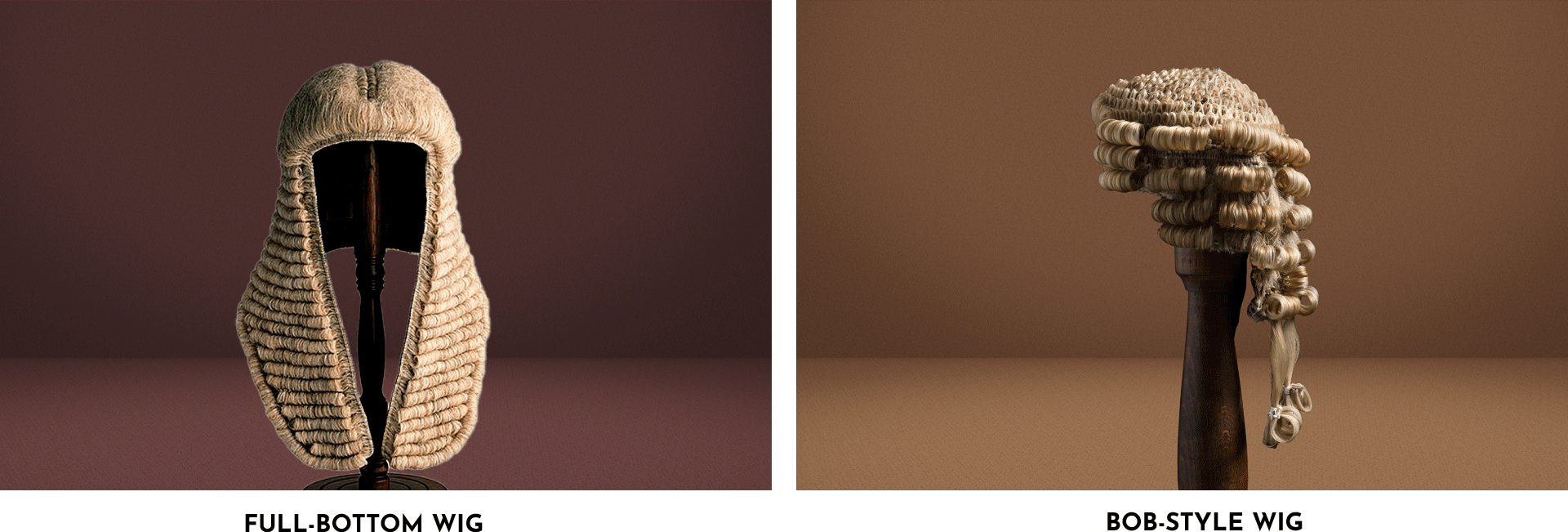
Originally, English judges always wore curly, full-bottomed wigs that would rest just below the shoulders. Beginning in the 1780s, these were replaced with a shorter hair piece covering the scalp and temples for most court business; for criminal trials and other solemn proceedings, judges would wear the more formal, longer wigs. Today most judicial wigs in England are the shorter bob-style.
In the United Kingdom, wigs came to symbolize the judge’s authority in the legal system. The formality of the head attire infused the courtroom with a sense of order and solemnity. Barristers in English courts also wear wigs during court proceedings. In recent years this tradition has been reexamined. Critics argue that wigs alienate the public and make the court process less accessible. In 2007, new rules in the UK made wigs optional for barristers in all court proceedings except criminal trials. Some judges also have chosen to forgo wigs during proceedings.
Judicial collars, another accoutrement seen in different countries, have also undergone restyling. Lacy, ruffled jabots were used historically to hide the judges’ shirt collars. Over time, most judiciaries adopted a simpler band collar with two short white straps around the neck. Although most male judges have forsaken collars for a necktie, some female judges, including the late US Supreme Court Justice Ruth Bader Ginsburg, continue to wear collars of different styles.
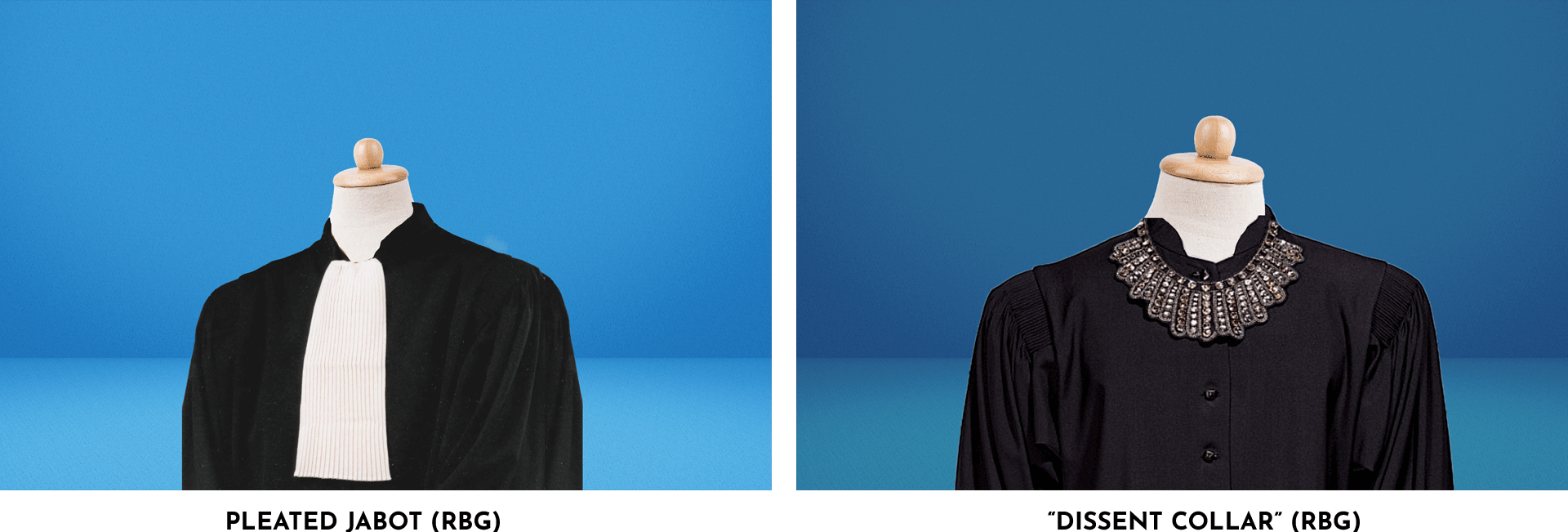
Another form of judicial neckwear – although less common – is the judicial medallion. These medallions are usually reserved for judges serving on apex, constitutional, or specialized courts. Members of the Constitutional Court of Peru, for instance, wear gold medals bearing their court emblem. The medals hang around their neck by red-and-white ribbon necklaces – the same color as the Peruvian flag.
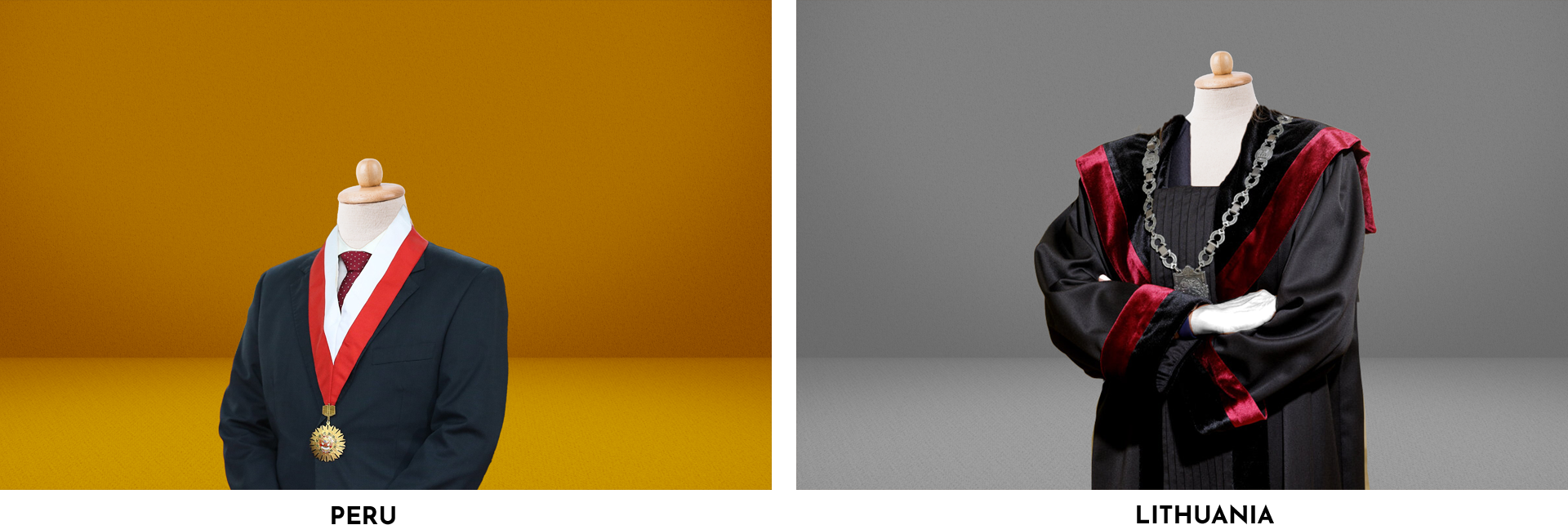
Similarly, judges in Lithuania wear a large, silver, chain-link necklace with the Lithuanian coat-of-arms, Vytis. It depicts a knight raising a silver sword above his head while riding horseback. Members of the Constitutional Court of Lithuania wear a version of the medallion with a silver knight against a red epoxy backdrop; the Supreme Administrative Court of Lithuania, however, wears an all-silver version.
Colors
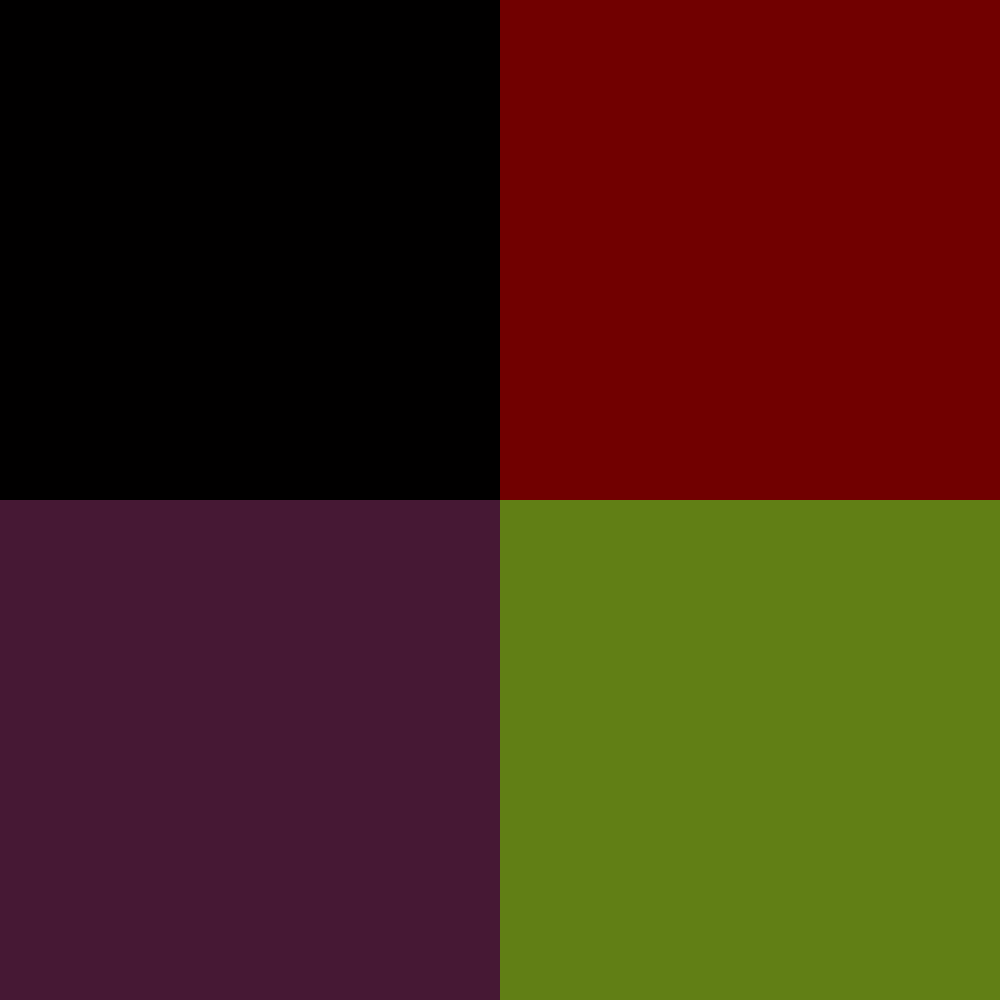
Although the majority of judges around the world now wear black, this consistency is a relatively modern trend. For example, from the 1300s to 1500s in England, primary robe colors were seasonal: dark colors such as black and violet were preferred in the winter and autumn; scarlet and green for lighter seasons and special occasions. Gold lace and light-colored fur (ermine white) were incorporated as embellishments for ceremonial reasons or to emphasize status. Green has since been phased out almost entirely from judicial attire, but violet and red still remain as colorful alternatives to black.
Black
The color black conveys solemnity, simplicity, and institutionalism According to historians, the genesis of black judicial robes in English culture was the consequence of a years-long mourning period for Queen Mary II. Until then, English judicial robes were typically red.
In the early years of the United States, judges such as John Jay adhered to the English tradition of wearing scarlet robes. In 1801, Chief Justice Marshall presided over his first session on the Supreme Court of the United States as the only justice wearing an all-black robe. Marshall’s colleagues soon followed suit; black robes now are worn in the federal and most state courts. The state of California legally mandates that judges wear black robes; the Appellate Court of Maryland wears red robes with a simple jabot.
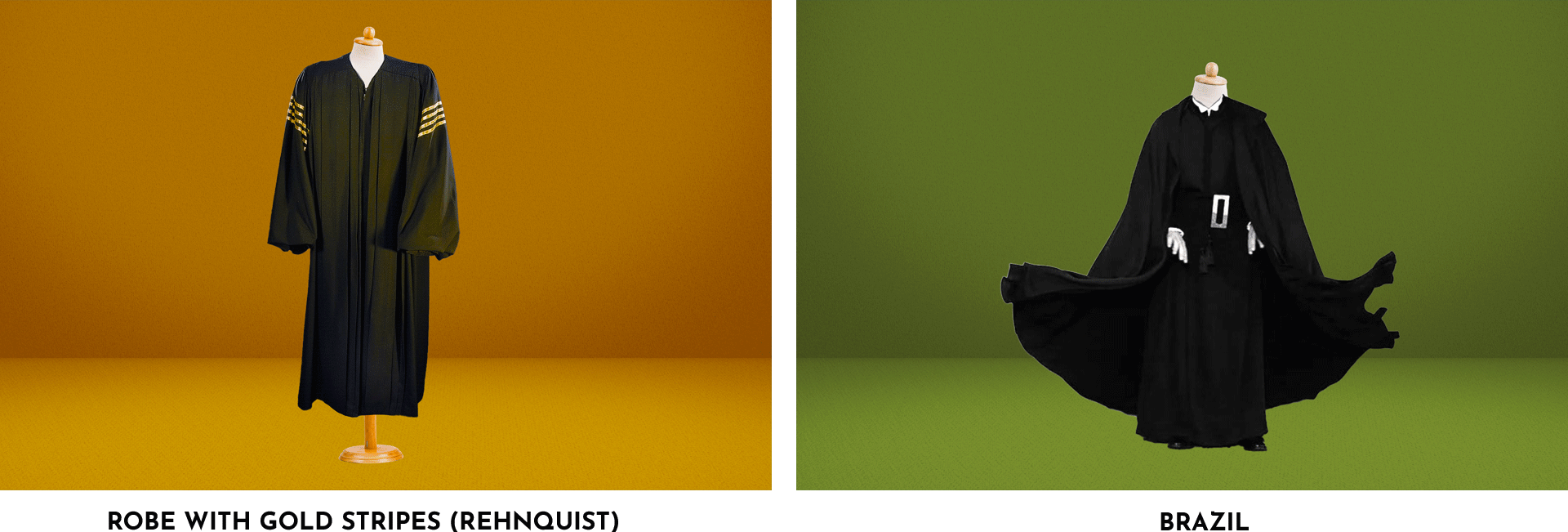
Brazil’s Supreme Federal Court has internal regulations requiring its members to wear silken black robes over their suits. Though many people believe that the Brazilian justices wear capes, they actually wear open robes.
Red
Scarlet or red robes are thought to communicate sovereignty. Historically, many European monarchs wore red to signal their God-given authority, and members of their courts wore carmine-colored attire on special occasions.
The Supreme Court of Canada is well-known for its judicial red robes and mantles lined with miniver (white fur, usually mink), fondly referred to as “Santa Suits.” Its justices wear these robes during special ceremonies to welcome new judges or for events with other branches of the government.
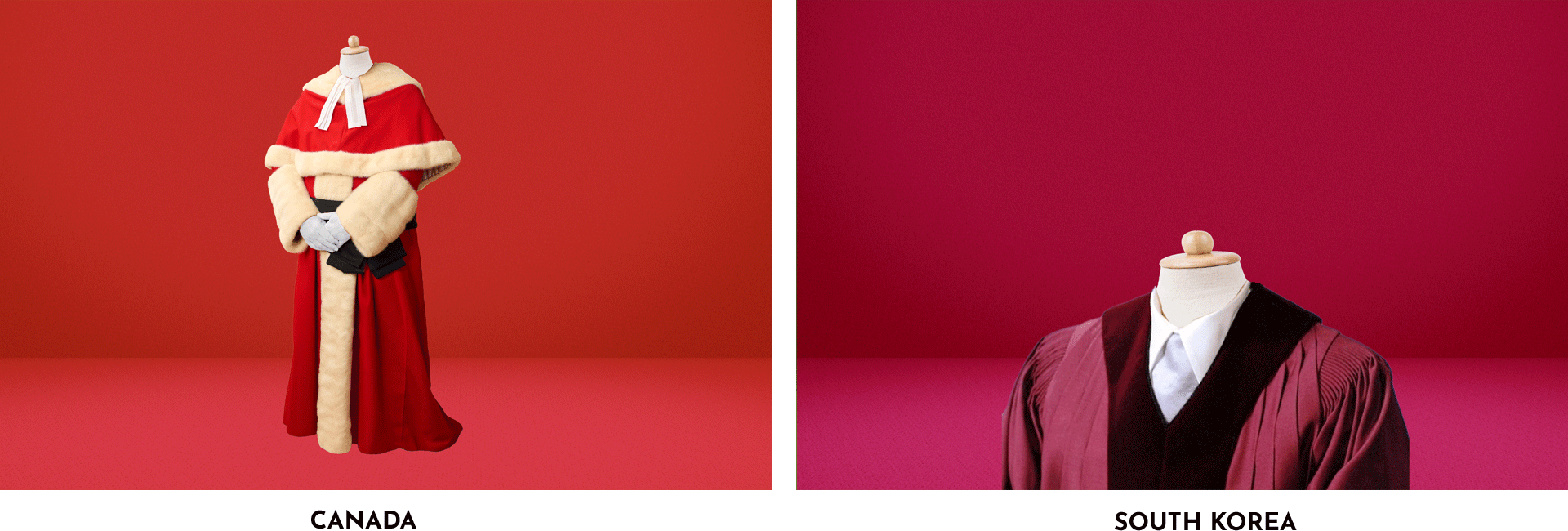
The Constitutional Court of South Korea wears a specific shade of burgundy, which is the main color of its emblem. The color represents “the authority of the Court’s decision based on trust of the people.”
In former British colonies, red judicial robes and wigs are controversial vestiges of colonialism. For example, the former Chief Justice of Kenya, Willy Mutunga, sported “Kenyanized” green and yellow robes and publicly denounced judicial wigs. His actions were met with criticism from colleagues and lawyers, and his successor, David Maraga, reverted to the red robe and wig.
Violet
Although not as common, judges in some countries wear violet or purple robes. Purple has its origins as an imperial color. It started appearing in judicial attire as the process for producing purple dye became more accessible.
The process for making Tyrian purple, or “royal purple,” dates to at least 1 AD. It required assiduous extraction and fermentation of murex snail mucus glands, making it the most expensive dye in antiquity, and legally reserved for royalty in civilizations such as the Byzantine Empire. Over time, as purple became easier to produce and less expensive, the color lost some of its popularity among European royalty and became the color of choice among some clergy. During the Renaissance, both judges and professors in Europe’s new universities modeled their attire after clerical robes and adopted purple. In some countries, including the United States, law school graduates don purple hoods, a reminder of the legal profession’s early ties to the monarchy.
In England and Wales, circuit judges – who hear both civil and criminal cases across Crown and County courts – wear black and lilac robes. They also wear purple sashes over their robes when presiding over civil cases; for criminal cases, the judges wear red sashes.
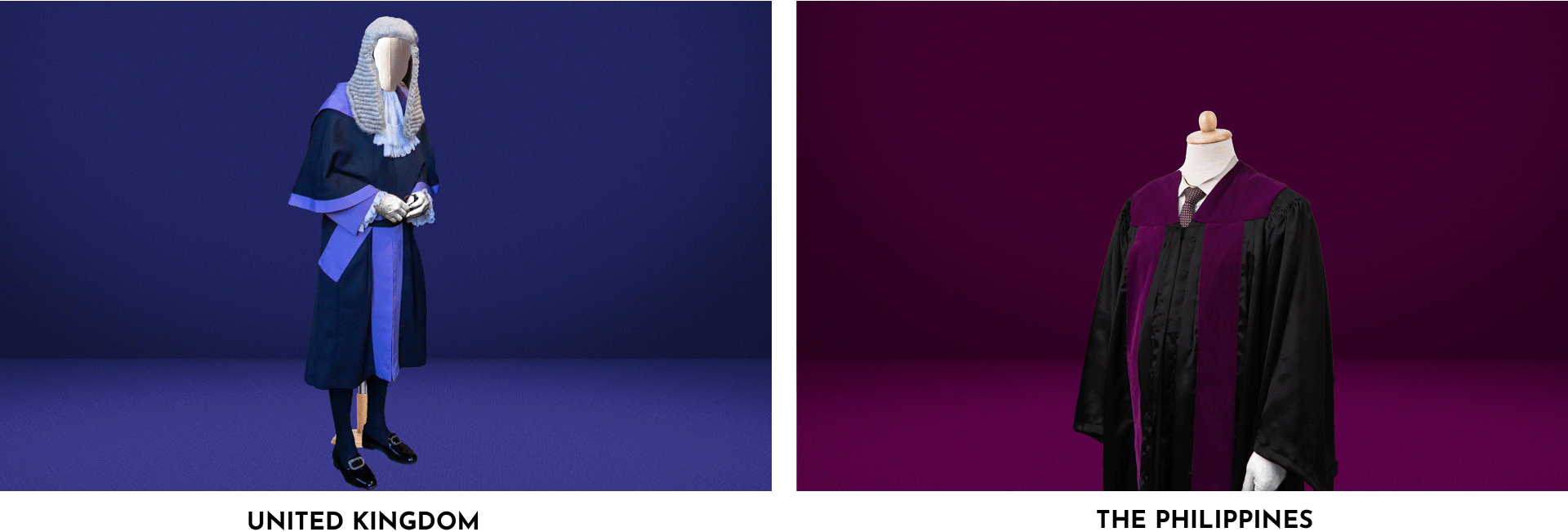
In the Philippines, first instance judges are required to wear black by statute. However, purple is the official color of the Supreme Court of the Philippines. As a color representing justice and dignity, it has taken on a deeper meaning as a color of institutional solidarity in Philippine judicial politics. During the 2012 impeachment proceedings of former Chief Justice Renato Corona, court employees and lawyers wore purple garments to support him. Similarly, in 2018, when a slim majority of the Supreme Court voted to oust Chief Justice Maria Lourdes Sereno, new members of the Philippine bar tied purple ribbons to their wrists in silent protest.
Green
Green is one of the most difficult colors to manufacture, and historically it never rose to the status of purple and red in medieval Europe. Although this may explain why green is not a common color for judicial attire, there are a few of countries that have incorporated green into judicial vestments.
In South Africa, the Justices of the Constitutional Court wear a forest-green robe with black panels and red piping, complemented with a black sash. As with the South African flag, this green represents the fertile earth of South Africa. Other elements South Africa’s judicial attire also have meaning: the black and red panels represent civil and criminal jurisdiction, and the black sash represents Dutch influence over the nation’s legal system.
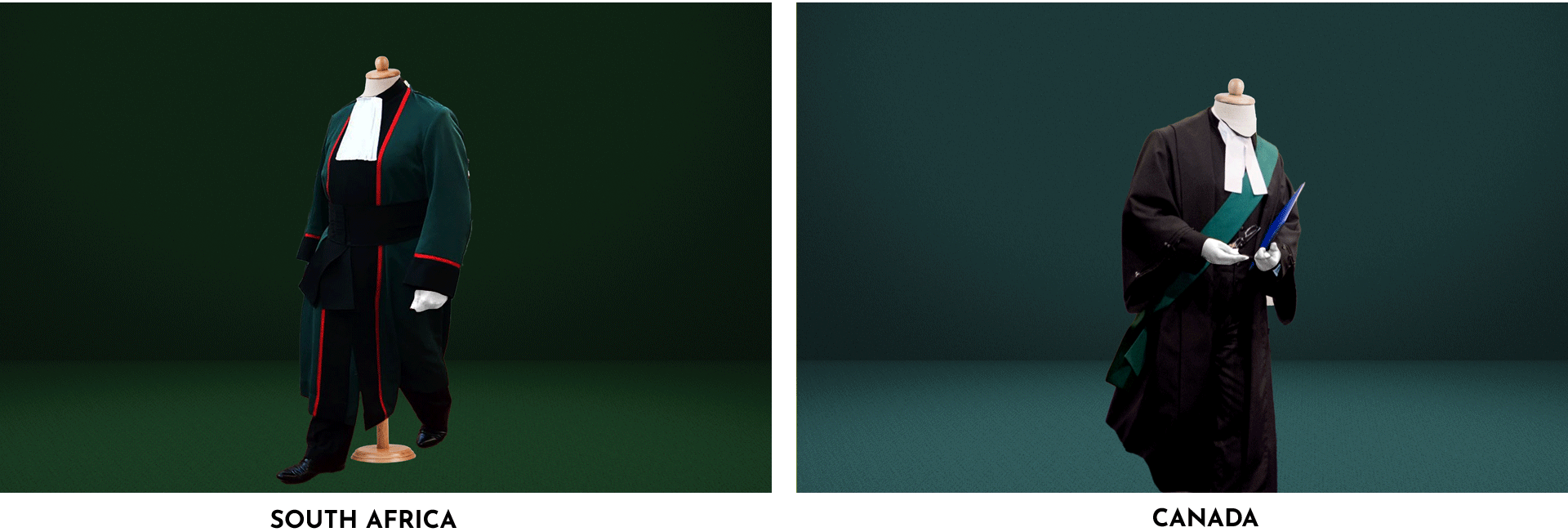
Judges on the Supreme Judicial Court of Libya have wide, green panels on their red robes. The green is a homage to the state religion of Islam. In the Qu’ran, green is associated with eternity and paradise.
In Ottawa, Canada, Justices of the Peace wear a green sash over their left shoulder.
